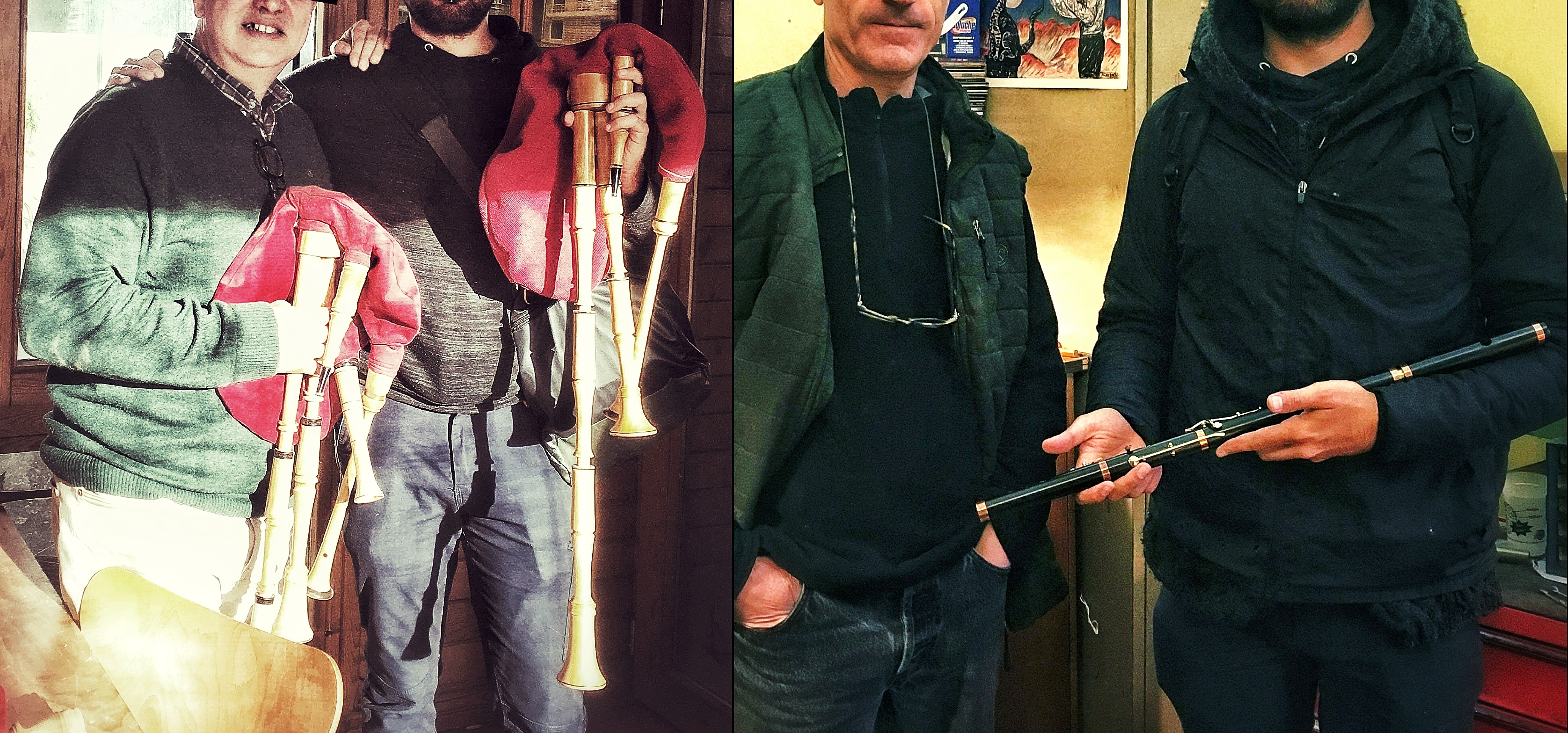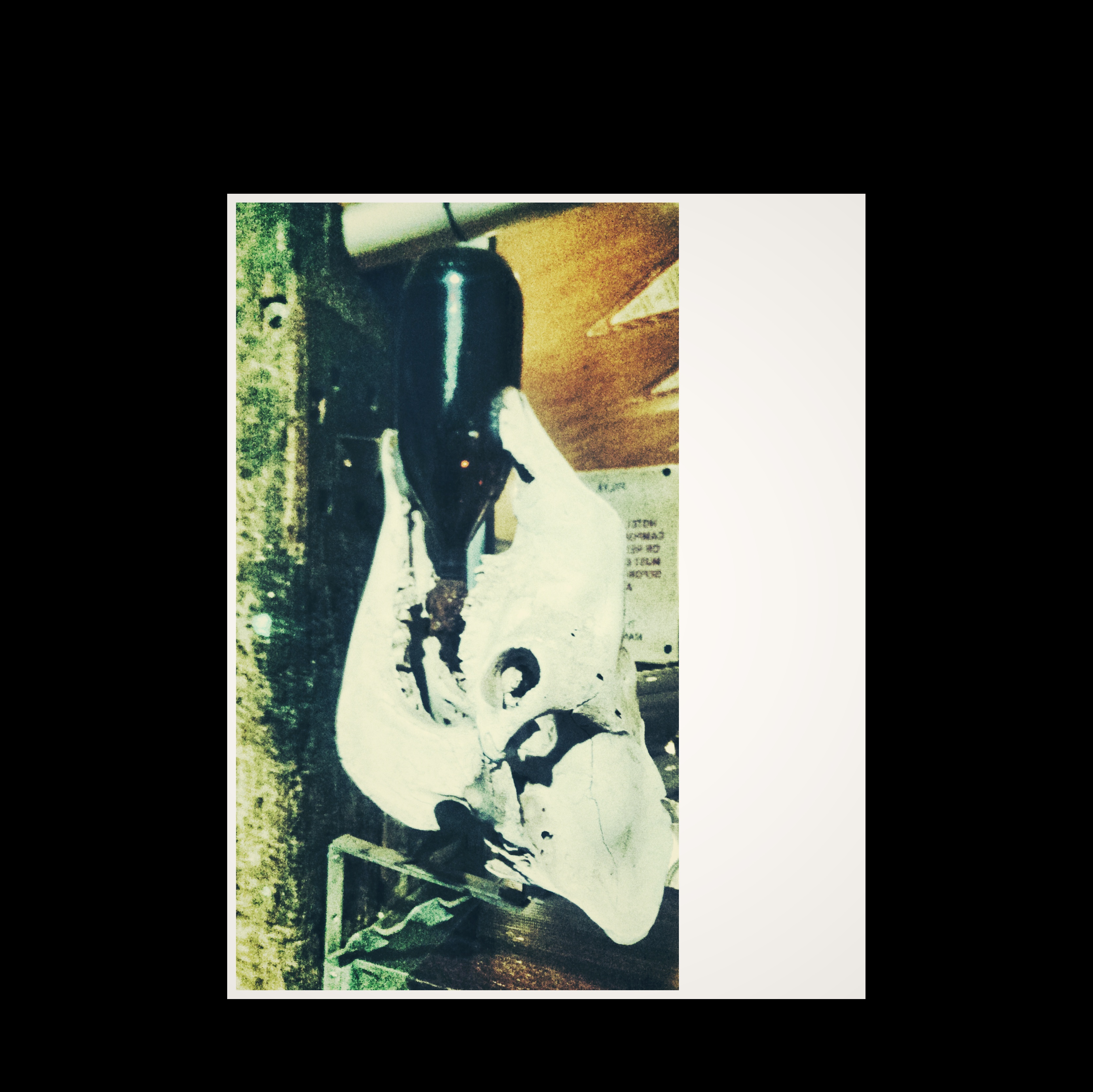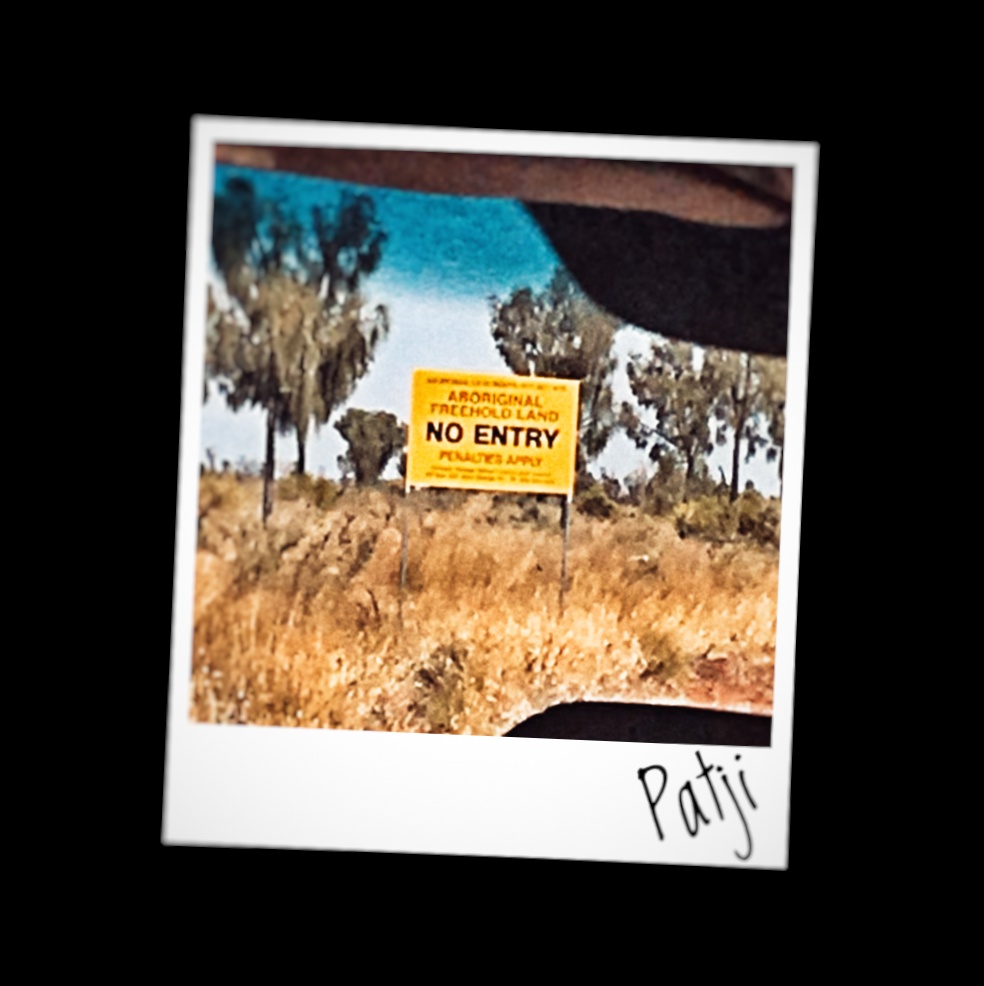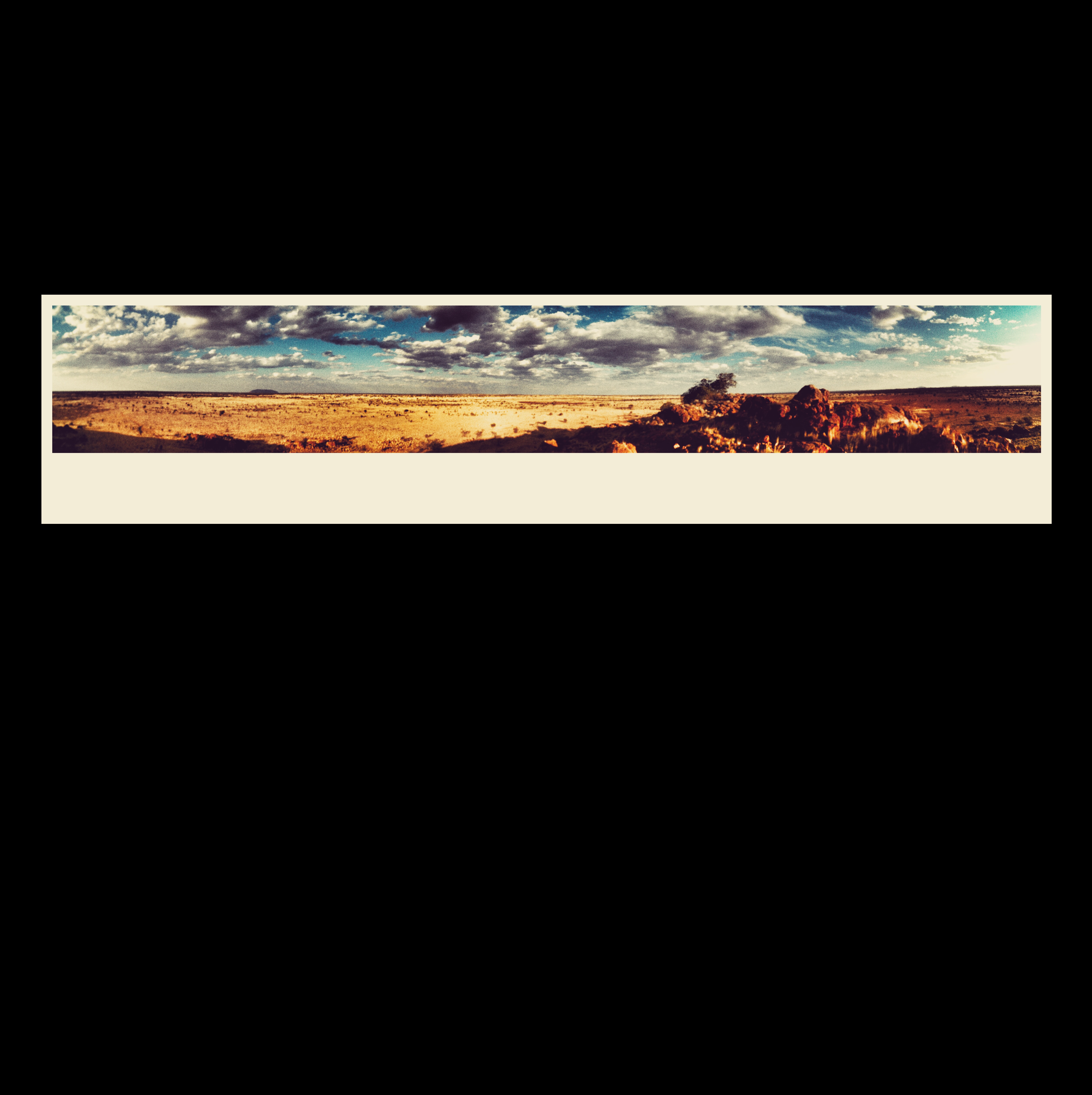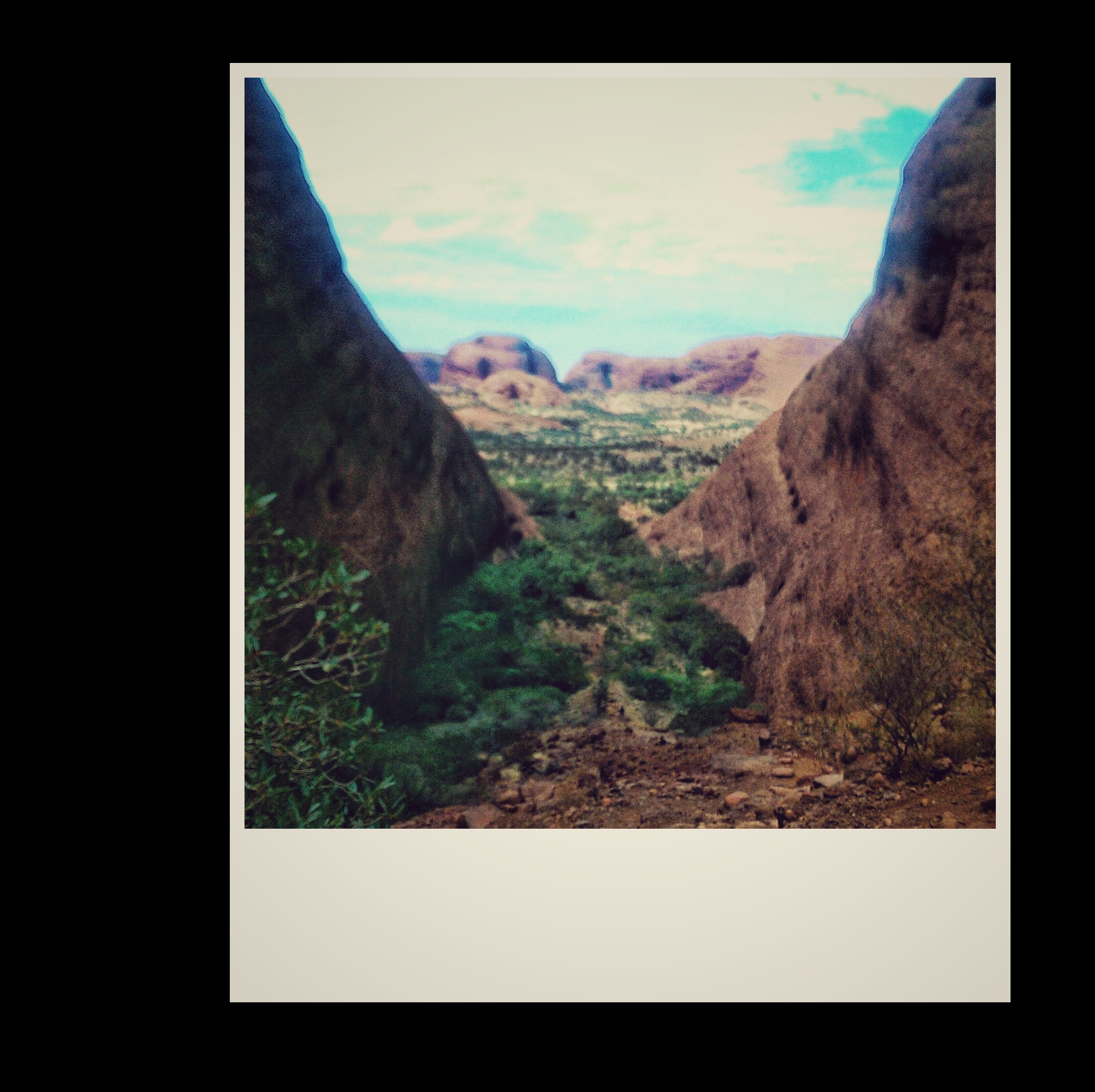I’m sharing some music I’ve been making during quarantine, it’s very different from my usual shares. In a way, it’s a cycle closing or restarting, and technically still bagpipes.
It might not be news that I’ve tried many different psychoactive substances over the years. What might be news is that I credit an Ayahuasca (Aya) experience with very significant life changing event. That episode is one of a few that have sliced my life into separate sections. I can clearly inhabit my mind before and after, with my after mind being a much healthier and relaxed version of my before mind. The critical change, in my case, was a new capacity to accept and welcome things that are beyond my control, and things that don’t match my idealisations.
When I was living at SPCC, my mind became increasingly busy with the distance between an idealised community in my head and the realised community I lived in, and it caused me significant emotional pain. While in most aspects of life I’ve always had significant resilience, I wasn’t, until my Aya trip, very resilient to things not being the way I wanted them, or wanted them to be. I would blame myself and punish myself internally, while developing toxic relationships with others around me. This toxicity came from a constant presence of the ideal next to lived experiences, and constant comparison between my idealised relationships and each actual relationship. I also projected and demanded from others things that weren’t communicated, and were attached to these idealisations. I wasn’t aware of any of this, but my overall emotional life suffered from it to the point where my own life was at risk, and made me question whether my life was worth anything at all.
It was a hopeless low point, but my practical guardian angels stepped in. I decided to order Aya from an online shop and brewed it myself, along with my own synthesis of DMT (it’s very easy to synthesise). I fasted and took enzyme inhibitors along with the brew, and had someone checking on me while it happened.
My version of the brew was absolutely horrible in taste. I went through a very intense purge, with lots of vomiting and a very full bucket in the end. I passed out after, and while I had no visions, I had lots of varying sensations in my body, and fell asleep. After coming back, I entered a weird state (that now I understand is called integration). I was somewhere else for about a week. During that time, my appetite completely changed—I stopped being able to eat any meat. Some people in the community said I still looked high. I probably still was. But what came from this first practical visit was an incredible peace, voiced internally as ‘everything will be okay’. An acceptance of what we were building and how it was not necessarily what I wanted it to be. That by giving up the control I obsessed so much about, things would still work out, and it was okay that they didn’t match what I wanted in the first place. My role in this process shouldn’t be tied to my own existence and self-worth either. This was a new thought entirely, having grown up putting all my worth into everything I built and how perfectly I could do it. Over time this helped me heal those internal processes that made me miserable. Unfortunately for my personal relationships, it took much longer, but my toxicity also decreased over time, which tied with being more accepting and tolerant with my partners.
Fast forward to the beginning of 2020, and maybe 12 years after my first Aya experience. The pandemic had hit, festivals got cancelled, gigs got cancelled. Several impacting things were hitting my life in succession, but by now my acceptance to change was high and I was shielded by an autonomy built over the years. It wasn’t the first big change I faced, and all my loved ones were okay. Things would be okay. One thought during this time bubbled up: I should do Aya again. I suppose coming from a moment of intense change, with whole cycles ending, was bringing back thoughts of other times I experienced intense change.
It was by accident in conversation during these first few months of the year that I mentioned to a friend of a friend that I was thinking of doing it again. He had contacts and put me in touch with local shamans. While it’s easy to frame things as happening for a reason, my general outlook is that things are always happening, we just pay attention when we are looking for them (see inattentional blindness or the invisible gorilla test). While the rationalisations are different, both require action: if you are given an opportunity to do something you’ve been thinking of doing, it’s generally a good idea to take any opportunity you can get. It’s your choice whether you see it as fate, god or luck.
The last time I did Aya I didn’t have a shaman, and overall resisted the idea, since my belief (or lack of belief) system generally resists a lot of the language these spiritual guides usually employ. Since this was a new year and the only opportunity to access something that is illegal in Australia, I decided to do it with as much of an open mind as I could. It was a retreat in the mountains, and I went there with that friend, camping outside a nice country house surrounded by bush.
We arrived early, and people trickled in. There was no particular welcoming or introduction done to me, which I found interesting. Usually intentional communities and events have a host, or a guide, that would be welcoming people. Instead it seemed like everyone knew each other, and I had to walk around introducing myself to others. I’m not particularly outgoing in these settings, so I didn’t do much and just sat around listening and chatting to various people. One thing that stood out to me was that a lot of them had particular language and expressions they used that seemed to be shared. These are expressions that involve general new age terms, or spirituality, and articulate a lot of what goes on socially as ‘energy’ or ‘sacred’ or ‘divine’, and of course, ‘mother’, ‘grandmother’ or ‘medicine’ for Aya. Another thing I noticed was how mono-cultural it was. Attendees were mainly Australian white-passing. There were no South Americans at the event, and only maybe 4 out of 20 attendees not being white-passing (3 middle-eastern and myself). Usually for me this is a huge red flag when it comes to sacred indigenous events, since sacred knowledge is often co-opted and capitalised on by coloniser-background people. This process of co-opting is often done unconsciously—the impulse to acknowledge and respect indigenous ownership isn’t part of a coloniser-background’s upbringing. I know that in my case it took me a while to develop that sense of respect and acknowledgement.
Despite the introduction and my scepticism, I was impressed that backgrounds were not policed at all. Usually in all-white environments there is policing and questioning. In this case, everyone was locked in their own personal development processes and were not interested in anyone else in particular. I suppose that’s a natural side-effect of psychedelics, since they are intrinsically motivated, and while promoting feelings of connectedness to others and the world, they are fundamentally internal.
Among the things I found myself instinctively rejecting was the use of instruments that aren’t from white Australia, such as nylon stringed instruments, didgeridoo (which I find absolutely disrespectful but there was an acknowledgement of that), and a mix of new age and South American spiritual music.
Everyone had a bucket, lots of blankets and pillows, and was ready for lift-off. In the group, there were all kinds of reasons to do a visit, and overall it wouldn’t be appropriate of me to share any but my own.
I went to the gathering with several basic questions around my current life, my relationships, my past, my potential futures. But at the same time I went in open to whatever came from it, since this was a new way of doing Aya, and the setting itself was new to me. I accepted the idea that this confluence of factors leading me to being there was enough to let things unfold.
We all sat in a circle, and each walked up to an altar full of shaman trinkets, said ‘cheers’ in Quechua, then drank. My first cup was fantastic. The brew tasted was so much better than the one I did, and with an almost 2 day long fast, it landed in my stomach with lots of comfort. I felt some effects straight away, but they were mild, and I curled up and relaxed wrapped up in my blankets. When time came to have another cup, I went to the altar. My second cup hit strongly and I went into total dissolution and began experiencing visions. The sessions are guided by music, and music here plays a very strong role in guiding the trip but also in grounding what can quickly turn into very painful experiences.
In my case, some songs in Spanish guided me deeply to visions with lots of colours, visions of celebration and dancing. Some songs, especially in English, brought me back to the room, and overall, my trip was peaceful, with no questions or answers. I also felt very intense photo-sensitivity, slow motion, and travel from and to the ‘spirit’ world. Spirit world for me is really just the generative space inside our mind when it loops itself back into perception. I lucid dream, and find it easy to generate colour images in my head, so visions feel not only natural but an extension of that process. In a way I think I didn’t approach the trip with any preconception or intent, which then let me to aimless psychedelic visions. Once the ceremony was over I felt great, as new, with a beautiful trip and not much to tell apart from what I had seen.
The next day in the morning I had diarrhoea which is a side effect of not puking the previous night. I had had spasms but decided to sleep on it. It had to come out some way. Aya purges are absolutely disgusting in what they bring, since they carry residue from the digestive tract along. Despite that, I had a cruisy day, did short bush walks and rested in the sun for hours. I had no particular desire to share what I had seen. I think overall having a critical mind is a barrier to a lot of psychedelics. It makes a lot of the hallucinations harder to access, especially when compared to what some attendees were describing. Once the evening came, I was excited to visit the realm again, no fear and complete openness. I went for a cup and the shaman gave me a lot of brew, a lot more than before. Once it hit I immediately went into a hole, with tremendous muscle pain all over my body, and and absolutely horrible experience. Songs and music would take me to very painful places, and I had no visions at all, just the constant feeling of being beat up for no reason. I had no photo-sensitivity either, and when the session ended I wasn’t ready at all. I stayed between worlds for hours after, but had no pain. I also puked this time, an ooze that wasn’t what went in, again due to the brew dragging other things along. By the end there was food and I had dinner, and the pain had disappeared. I went to sleep confused, with no answers and feeling like I had been punished for something I didn’t know I had done.
The next morning we all had breakfast and began ‘integration’. This is when ideas received from the spirit world are slowly matched with the real world, by talking or doing activities. The group did a very long breathing exercise that causes hallucinations due to over-oxygenation of the body. While the technique worked on me, I experienced mild effects, but it did help in processing the evenings, and some words arrived in my mind to explain what had happened: duty, purpose, responsibility.
Anyone that knows me would know these words are already something I’ve had in me for a long time. Why would a brew cause me to arrive at those words? I articulated it in the group session as a realignment of my sense of duty, as a punishment by Aya for not fulfilling my duties as a friend, partner, son, community member. In practise the understanding I got is still ongoing, but relates to (I think) a trend I found in myself the last few years of pretending I’m more a victim than I am, since having become part of a society (Australian society) that not only values victimhood, but also has a threshold for trauma and suffering that’s much lower than the one I experienced growing up. In a way I let these ideas shape me into believing not only that I had trauma more serious than I do, but that my attitude towards my own burdens had become ridiculous and weak, considering the general strength I’ve always had to face adversity. My duty then was to acknowledge that that strength exists, and understand it as a motivator for action in the world I live in.
I saw so much pain in other people this weekend, a lot stemming from what I’d call minds needing calibration. A stable functioning psyche is hard to arrive at, a mind free of triggers and meme-viral infections. Keeping all those complex systems in order is so hard that for many people it is a daily struggle. Intense childhood trauma, violent or obsessive thoughts, insecurities. I understood that Aya was telling me I had been commiserating. Pretending I was in the same boat as other people in incredibly difficult and unstable places mentally, with no other way of regaining control other than psychedelics and spirituality. My duty then became apparent, that having a stable mind that’s well anchored to the real world, but that can travel to the spirit world as well is a helpful thing to offer to anyone in these situations, and that being present, listening, offering help with no judgement, and creating spaces of peace and acknowledgement, were indeed things I ought to be doing, and had instead given in to self-aggrandising victimisation.
I was so terrified I made sure my friends knew where I was going in case I never came back from this trip, but I’m glad I came back as myself, as more myself in fact. It’s not clear yet if this is the only realisation, if there are others, or if I might change my opinion entirely on what happened. Integration takes time for me. It’s however clear that Aya is a great teacher, and that of all the psychedelics it has been the one that has caused the biggest transformations and realisations in me.
While for me the spirit world is contained inside our own neuron jelly and isn’t a separate dimension in a physical sense, it can’t be denied that it is vast, and visiting it is a beautiful and blissful experience that is often overlooked by science-minded folk. One of the great things about the spirit world is that if you are a godless being, the gods of creation you meet in the spirit world are nothing but nature itself, ancestors, and expressions of the incredible regularity of our world, and the mysteries at the edges of our knowledge. In the spirit world we can visit every concept as an experience in itself. Visit our own cells, talk to stars and dead relatives. These are powerful tools to unpack the real world, and open a dialog with our own biases, preconceptions, insecurities, fears. They also reveal the structures upon which our own subjectivity is built, and often in dialogue, how the differences between individual subjective experiences, while distant, have some universal common grounds. And having access to all these via a vomit-inducing tea is well worth it.
